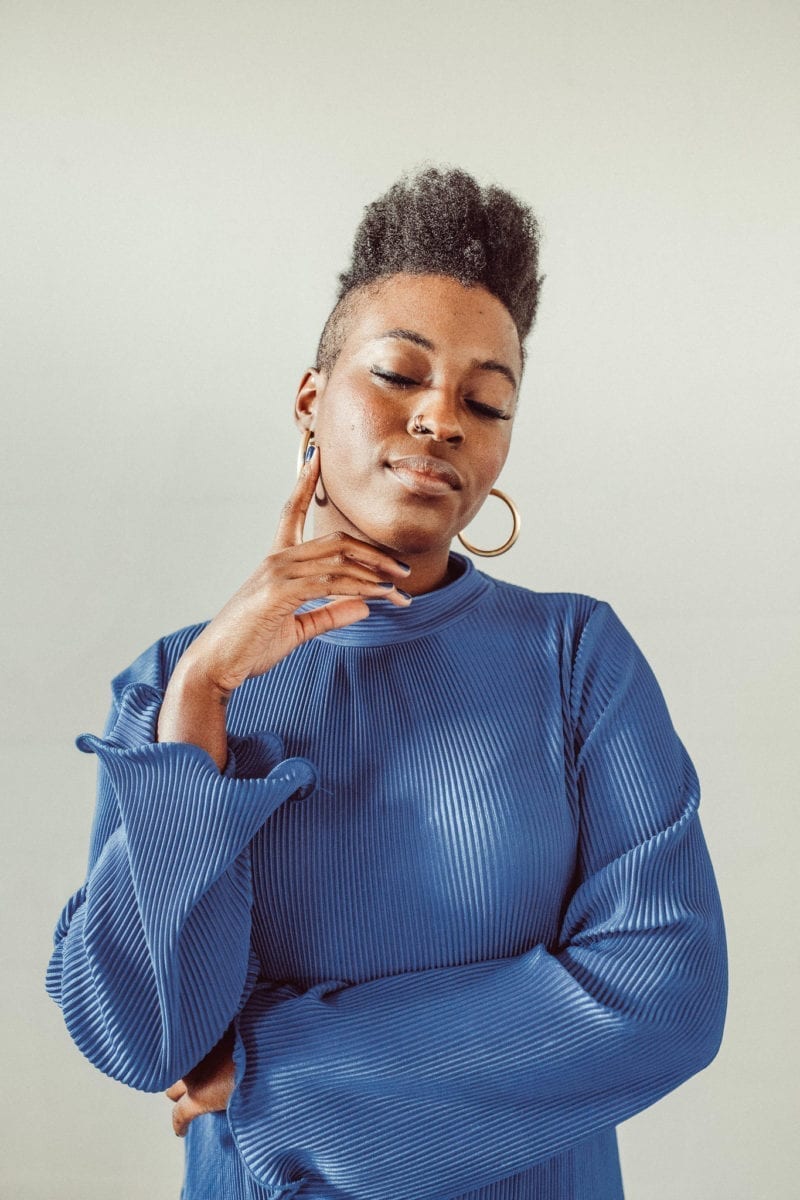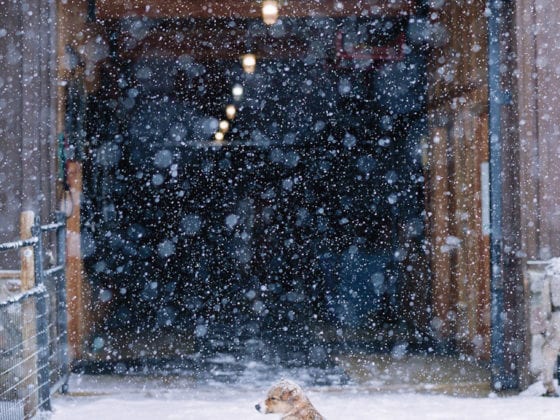Until the 1950s, the fashion industry produced four seasons of clothing each year. Today, fashion labels produce as many as 52 “micro-seasons,” which equates to at least one new “collection” every week. The fashion industry now thrives on an accelerated model of production, also known as “fast fashion.”
Although additional seasons of clothing gives consumers more options, fast fashion has deleterious effects on personal, community and planetary health. “Ecological,” “ethical” and “slow” have become buzzwords in recent years, as social consciousness around wastefulness in the fashion industry has increased.
To help you sift through the clutter to find brands truly working for the common good, here’s what you need to know about the differences between ecological, ethical and slow fashion:
What Is Wrong With Fast Fashion?
In order to keep up with demand for the rapid succession of “micro-seasons,” fast fashion companies often utilize poor quality materials and cheap labor. This decreases the cost of individual garments and produces clothes that are “designed to fall apart,” encouraging consumers to purchase more clothing, more frequently. This mass production of textiles often contains damaging compounds, like lead or other carcinogens.
Fast fashion is killing us and our planet. Seventy five percent of the fashion supply and roughly 11 million tons of textiles end up in landfills every year. Data from the Environmental Protection Agency Office of Solid Waste found that one person discards an average of 68 pounds of clothing annually in America. According to “Sustainability in the Textile Industry,” polyester production alone releases 706 million tons of greenhouse gas emissions, and typically several hundred gallons of water are required to produce one garment.
What Is Ecological Fashion?
Ecological fashion seeks to reduce the environmental impact of clothing production. An increasing number of brands are trying to appeal to public demand for sustainable products. However, unless a brand radically rearticulates their fast fashion production model, the environmental impact will be minimal at best.
Unless a brand radically rearticulates their fast fashion production model, the environmental impact will be minimal at best.
Known as “greenwashing,” supposed sustainable efforts, like H&M’s “Recycle Week,” do not reduce waste in any meaningful way. Instead, companies, like H&M and Zara, continue to produce astronomical amounts of clothing each week. Organizations like the Sustainable Apparel Coalition, on the other hand, are working to transform the production system, which if successful, would have more of a lasting impact.
Some tips for making your wardrobe more ecological include: buying less clothing, repairing or repurposing old pieces you already own (instead of throwing them out), buying vegan leather (which requires less resources to produce) and supporting brands that actually strive to embody sustainable ethics in every way.
What Is Ethical Fashion?
Ethical fashion is an “umbrella term” used to describe the human rights, labor rights and animal rights dimensions of fashion—from design to production to the consumer’s hands.
In 2013, 1,127 people were killed in the collapse of the Rana Plaza building in Bangladesh. This deadly tragedy revealed the extent to which textile workers are exploited and sparked a long-overdue conversation about the unethical practices in fast fashion.
In order to drive down the cost of clothing, brands work with factories overseas, many of which use child labor. Both adults and children are exploited in these situations, which often include physical and emotional abuse, unhealthy working conditions and unethical pay. Typically, the lower the cost of an item of clothing—especially if an item is cheap but contains detailed work like beading—the more likely it is that someone was exploited during its production.
Typically, the lower the cost of an item of clothing, the more likely it is that someone was exploited during its production.
The Fashion Revolution thoughtfully illuminates how consumer purchases can support fair labor practices and human rights across the globe. The initiative was started by a group of designers, retailers, brands, policymakers, marketers and workers looking to raise awareness about human and environmental exploitation and create a platform to break barriers between producers and consumers. Fashion Revolution seeks to educate people on the impact of the clothes they buy and provide tools to make changes in their personal lives and to impact the global fashion industry.
What Is Slow Fashion?
It may be obvious, but slow fashion is the direct inverse of fast fashion. Hallmarks of slow fashion include: less clothing produced, longer production timetables, less waste or zero waste, more ethical labor practices and timeless pieces which will stand the test of time.
Slow fashion advocates suggest building a capsule wardrobe for each season. The goal of a capsule collection is to own fewer, higher quality pieces that pair well together. The items should be clothing you love, that all have a use and that you keep for a longer period of time, perhaps your entire life. A key principle of this practice is selecting items which reflect your personal style, making purchases based on personal taste rather than fleeting trends.
Navigating ecological, ethical and slow fashion is not easy. The fashion industry was built to make finding the origin of your clothes deliberately confusing. Yet, with the correct information, we gain agency to make better purchasing decisions to advocate for humane, sustainable and much-needed change.
Did you know the differences between slow, ethical and ecological fashion? What can you do to make better, more informed choices?
Image via Micaela Fox via TheBeautyProject.is












2 comments
I think there are much better options out there than vegan leather if your goal is ecological. Almost all vegan leather products are made from plastic! Also vegan leather is much thinner and less durable than regular leather, making its life span much shorter. If you’re buying first hand, it should be a natural, sustainable fiber (hemp! cotton!). Additionally, it wasn’t mentioned in the article but buying second hand is one of the best ways to remove yourself from the world of fast fashion.
Brilliant article, thank you for distinguishing between these often confused and misused terminologies! I am personally an ethical and slow fashion advocate, and think that climate justice as well as social justice are to be considered and incorporated in both the concepts of slow and ethical fashion!
If anyone is interested in making more informed and thoughtful choices, IJM is launching a video series called “Make #SlaveFree Normal” for Lent, starting the 17th February. Find out more here: IJMUK.org/SlaveFreeSeries